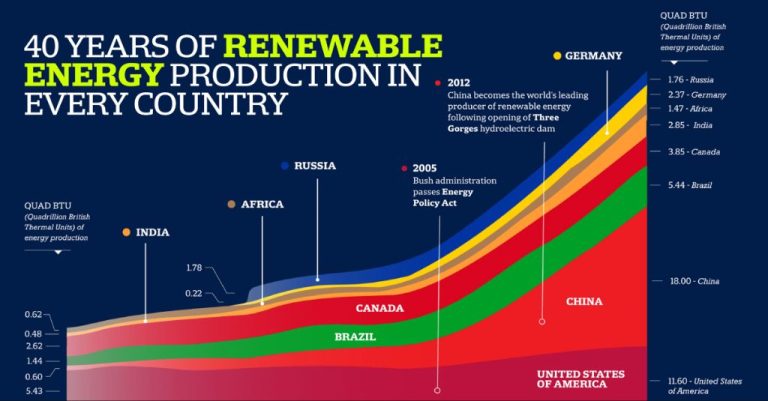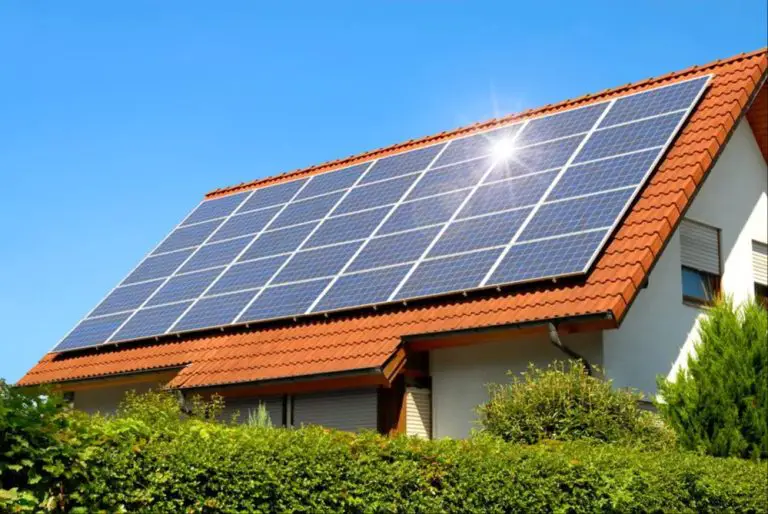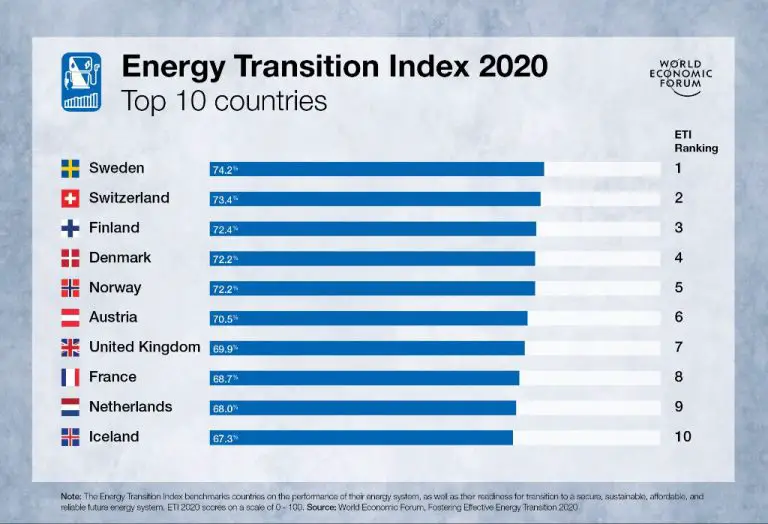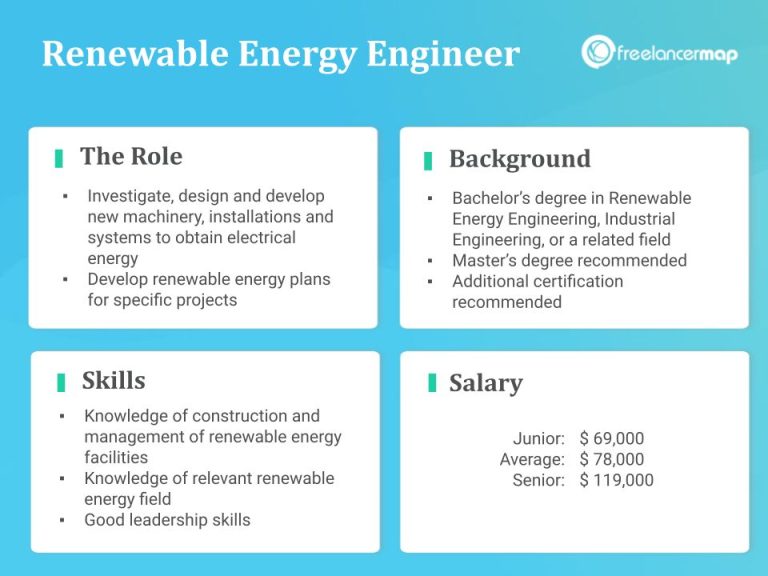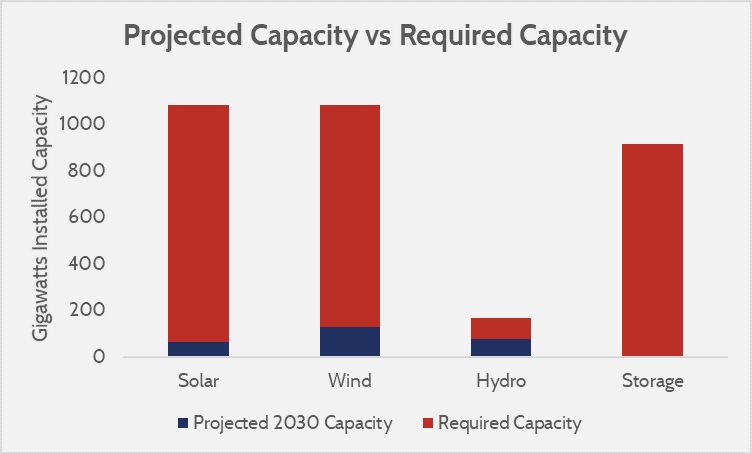Do Solar Panels Pay For Themselves?
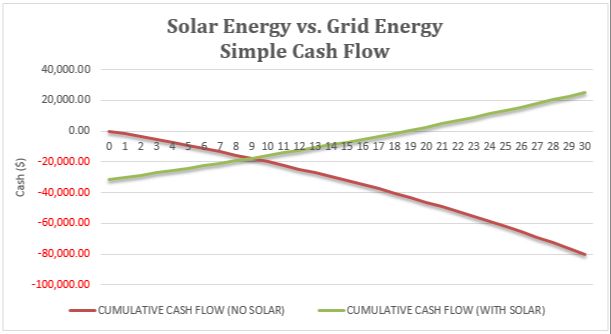
The use of solar panels for residential and commercial properties has skyrocketed in recent years. According to a report, the global solar PV market is projected to grow at a rate of over 17% annually through 2026. With declining costs and increased efficiency, many homeowners are interested in understanding whether solar panels can pay for themselves within a reasonable timeframe.
Upfront Costs
The upfront costs of installing solar panels on a home include the purchase price of the solar panels, inverters, racking and mounting hardware, cables, and other electrical equipment. According to Home Depot, the average cost to install solar panels on a home is between $15,000 and $25,000 before incentives. Architectural Digest states the average cost ranges from $15,000 to $30,000. Bankrate cites $15,000 to $21,000 for a 6 kW system. The wide range in prices depends on system size, panel efficiency, roof type, permits and labor costs which vary by location.
For a typical 5 kW system, the solar panels themselves may cost $9,000 to $15,000. High efficiency panels like SunPower can cost up to $4.00/Watt. Standard efficiency panels from manufacturers like ReneSola or Canadian Solar cost closer to $0.80 to $1.00/Watt. Inverters run $0.20 to $0.40 per Watt. Racking, wiring and other electrical components add $2,000 to $4,000. Permitting fees, inspection costs and sales tax can tally $1,000 to $2,000. Labor for installation and roof work may range from $1,500 to $5,000 or more depending on system size and roof complexity.
In summary, a homeowner can expect to pay roughly $3 to $6 per Watt for a professionally installed solar PV system. Prices have declined over the years but can still present a significant upfront investment of $15,000 to $30,000 before incentives.
Federal Tax Credits
The federal government offers lucrative tax credits and rebates to incentivize homeowners and businesses to install solar panels. The most significant is a 26% federal tax credit that can be claimed against the cost of installing a solar energy system. This tax credit, also known as the federal Investment Tax Credit (ITC), allows taxpayers to deduct 26% of qualified solar installation costs from their federal tax bill. For example, if you spend $20,000 to install solar panels in 2023, you can claim a $5,200 federal tax credit (26% of $20,000).
The solar ITC is scheduled to step down to 22% for systems installed in 2024 before expiring completely for residential projects in 2025 (source). This means 2023 is one of the last years to maximize the savings from the full 26% credit. Other than the ITC, some utility companies and state/local governments also offer rebates and performance-based incentives that can further reduce net costs.
Overall, the generous but time-limited federal solar tax credit significantly lowers the effective purchase price for installing solar panels on your home or business. Claiming this credit can recover 25-30% of system costs, making solar power very affordable. Homeowners should act soon to capitalize on the maximum 26% credit before it starts phasing out in 2024 and beyond (source).
Electricity Bill Savings
One of the biggest financial benefits of installing solar panels is the electricity bill savings you’ll receive each month from generating your own power. According to the Solar Energy Industries Association, the average monthly electricity bill savings for U.S. homeowners with solar panels is around $120. However, the exact amount you’ll save depends on several factors.
The size of your solar panel system will impact savings. Larger systems generate more electricity, allowing you to offset more of your home’s usage from the grid. The exact amount depends on your energy consumption, but one source estimates savings between 30-90% of your current monthly bill for a properly-sized system (https://www.solarpowerauthority.com/the-pros-and-cons-of-living-off-the-grid/).
Your location and electricity rates also matter. Areas with more sun exposure will produce greater solar energy. Electricity costs vary significantly across states, from a U.S. average of 14 cents/kWh to over 30 cents/kWh in states like Hawaii or Alaska, so savings potential differs as well. One wastewater treatment plant in Nevada estimated over $3,900 in electricity savings in one month from their solar installation (https://indianhillsimprovement.specialdistrict.org/sewer).
Understanding these variables can help estimate your personal bill savings potential. Solar generation offsets grid purchases, so maximizing on-site usage is key. Overall, installing solar panels can lead to thousands in annual electricity bill savings over time for many homeowners.
Net Metering Savings
Net metering policies allow homes and businesses with solar panels to receive credits on their electricity bills for any extra solar energy they generate and send back to the grid. This creates additional savings by offsetting your electricity usage at retail rates (Sempersolaris). For example, if your solar panels produce more energy than you use during the day, that excess generation gets fed back into the grid and your utility meter spins backwards. You then receive a credit at the retail electricity rate that gets applied to nights and periods of low solar production. In states with favorable net metering laws like California, these credits can roll over month-to-month indefinitely. This allows solar customers to offset a large portion or even eliminate their electricity bill, maximizing savings (Revolt Energy).
Maintenance Costs
Regular maintenance is important for solar panels to operate efficiently over their lifespan. Typical maintenance costs for solar panels range from $300 to $700 every 1-2 years for a standard residential system, with most homeowners paying around $400 according to Fixr.com (source). This covers the cost of hiring a solar company to clean the panels, inspect connections, and check for any damage or issues. The National Renewable Energy Laboratory (NREL) estimates maintenance costs around $31 per kW per year, which would be about $186 annually for a 6 kW system according to MarketWatch (source).
Maintenance costs can vary depending on system size, location, accessibility, and local labor rates. Larger commercial systems often have lower per kW maintenance costs. Though solar panels are very durable, it’s important to have them inspected periodically to identify and fix minor issues before they become major problems. Proper maintenance helps preserve solar production over the 20-30 year lifespan of a system.
System Lifespan
The typical lifespan of solar panels is 25-30 years (1). Although solar panels can last longer than 30 years if well maintained, their efficiency slowly declines over time. After around 25 years, most solar panels will produce around 80% of their original capacity. By 35 years old, output falls to around 70% capacity (2).
Due to efficiency degradation, most solar system owners will need to replace their panels after 25-30 years of operation. However, solar inverters, which convert the DC electricity from panels into usable AC power, tend to fail more quickly at around 10-15 years (3). So inverter replacement may be needed halfway through a solar system’s lifespan.
To maximize lifespan, solar panels should be kept clean, visually inspected annually, and have electrical connections maintained. With proper care, panels can potentially last 35-40 years before requiring replacement (1).
Sources:
(1) https://www.energysage.com/solar/how-long-do-solar-panels-last/
(2) https://www.igs.com/energy-resource-center/energy-101/how-long-do-solar-panels-last
(3) https://www.sunrun.com/go-solar-center/solar-articles/how-long-do-solar-panels-really-last
Payback Period
The payback period refers to the amount of time it takes for a solar panel system to pay for itself through energy savings. This is an important metric to consider when deciding whether to install solar panels. To calculate the payback period, you need to compare the upfront costs of the system to the annual energy savings.
The upfront costs include the purchase price of the solar panels, inverters, racking, wiring, permits, and installation labor. According to Energysage, the average cost per watt for a residential solar system in 2022 was around $2.50-3.50/watt [1]. On average, a 6 kW system costs $15,000 – $21,000 before incentives.
To determine the annual energy savings, you need to multiply your average electricity rate by the estimated annual production of your solar system. This depends on factors like your location, system size, and panel orientation. For example, a 6 kW system in Arizona may produce around 9,000 kWh annually. At an electricity rate of $0.15/kWh, this would provide $1,350 in annual bill savings.
To calculate total payback period to recoup upfront costs, divide total installed costs by the annual energy savings. For the example above with a $18,000 system cost and $1,350 in annual savings, the payback period would be around 13 years.
Other Factors
There are other variables besides system costs and electricity rates that affect the cost savings from solar panels. Location and weather play a major role. Areas that receive more annual sunlight will produce more energy from the panels, leading to higher savings. According to one source, Phoenix residents save 20-30% more than Seattle residents over the life of a solar system due to differences in solar irradiance (Factors that affect your solar generation and your savings).
The orientation and tilt of the panels also impact production. Facing panels south (in the northern hemisphere) maximizes exposure to direct sunlight. Optimal tilt angle varies by location but is usually equal to the latitude of the region. Suboptimal orientation/tilt can reduce energy production by up to 30% (Which are the factors that affect solar panels’ efficiency?). Roof pitch, obstructions like trees or buildings, and panel shading should be evaluated during site assessment.
Additionally, solar panel technology affects efficiency and savings. Mono- and polycrystalline silicon panels operate around 15-20% efficiency. More advanced thin-film technologies like cadmium telluride and perovskite cells can reach over 20% efficiency (Variables Affecting Solar Energy Production). Higher efficiency leads to greater production and savings over the system lifetime.
Conclusion
In conclusion, whether or not solar panels pay for themselves over time depends on a number of factors. The upfront costs of purchasing and installing a solar panel system are significant, but can be offset through federal tax credits and incentives. Ongoing electricity bill savings from solar panels are highly dependent on your specific electricity usage, utility rates and net metering policies in your area. While solar panels require little maintenance, they do degrade over their roughly 25-30 year lifespan. Most experts estimate a payback period of 6-12 years for a residential solar panel system. But payback periods outside that range are certainly possible depending on your electricity costs, solar incentives and system specifics. In general, solar panels can pay for themselves over time through electricity bill savings, if you live in an area with high electricity costs and strong financial incentives. But every home’s situation is different. Carefully calculating the costs and projected savings for your specific property is the best way to determine if solar panels will be a wise long-term investment.

